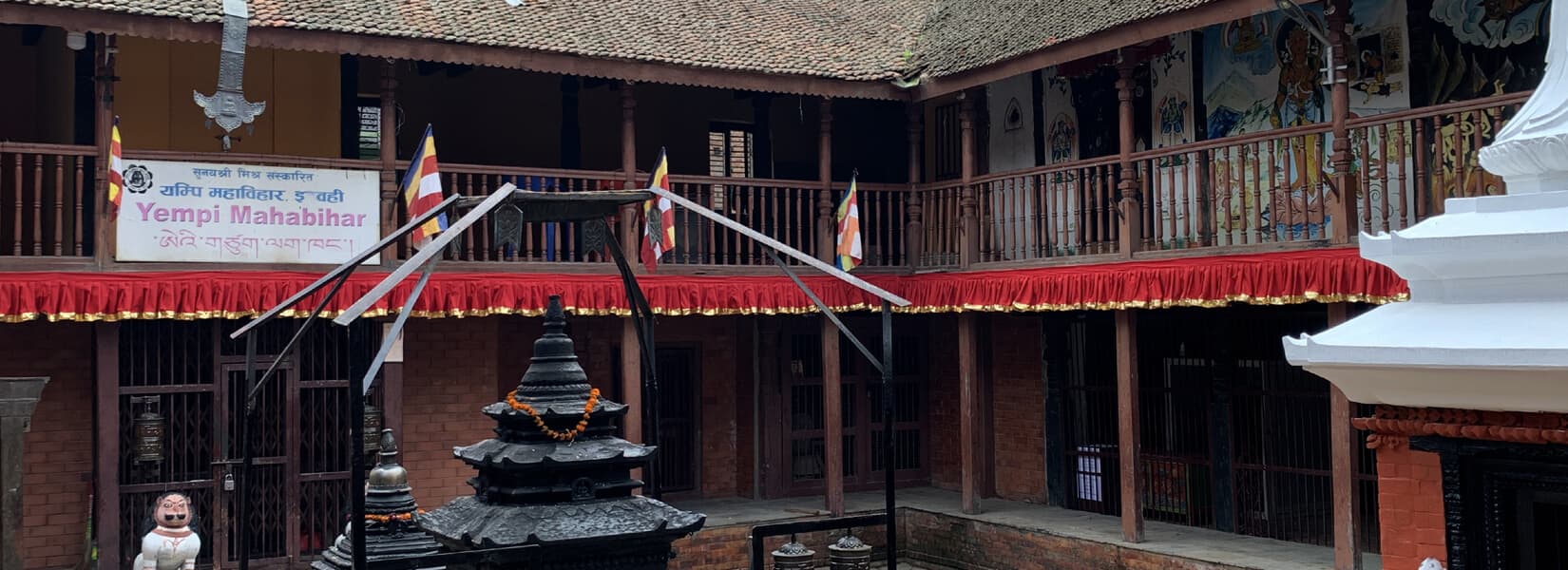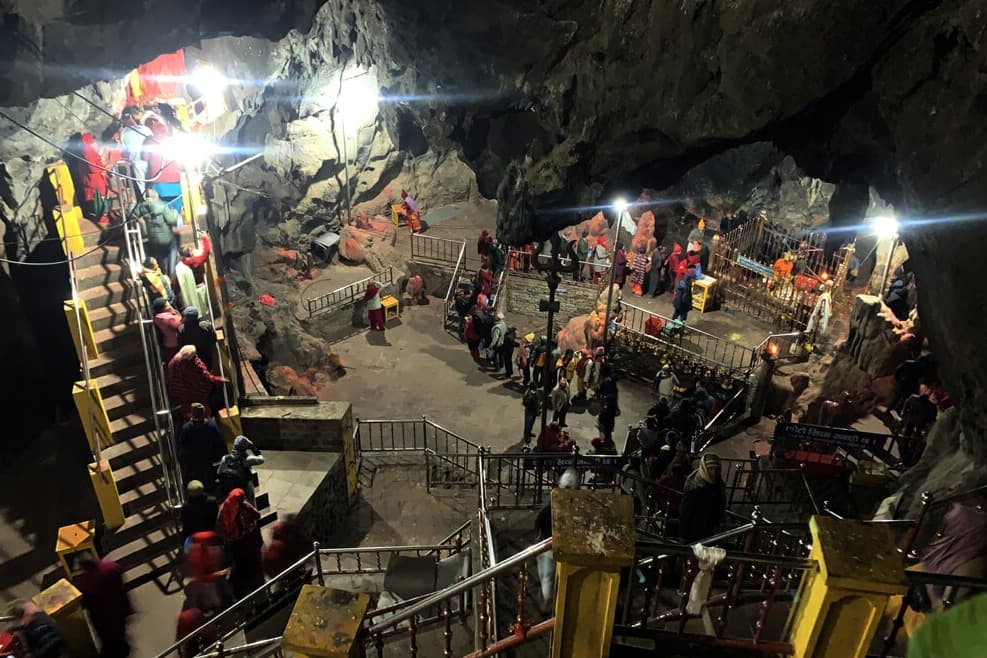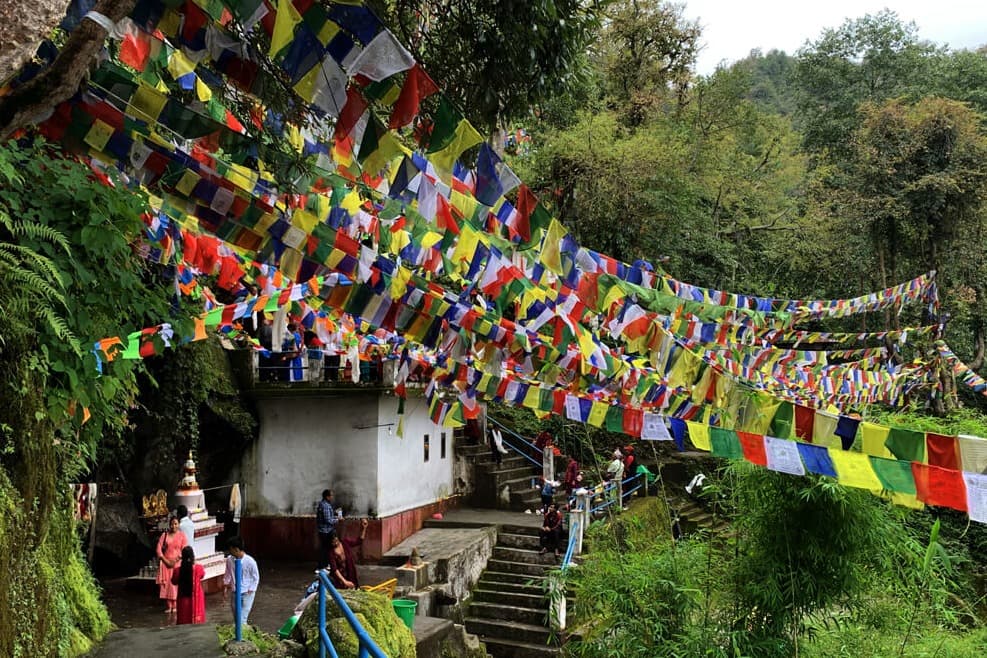The É Vihara, known as Yempi Mahavihara to the locals, is a prime attraction to the Buddhist Devotees, especially for those who follow the Nekhor of Mahasiddhi Guru Rinpoche (Padmasambhava). Some locals also call it I-Bahi as there are Baha and Bahis in traditional Newari culture. The É Vihara is located close to the historical palace of Patan-Patan Durbar Square. It is easy to find as it is located just opposite Ashoka Stupa.
Story Behind
Once Shilamanju (the Yogi King of Patan) was in deep pain from having his daughter- Kunla Kunsashi, who was also a great disciple of Guru Rinpoche, kidnapped by the evil spirits. The families prayed to their master for help and rescue their daughter. This is the temple where he entered fearlessly and rescued his disciples. Then he started to offer his profound teaching to the local Newars of Patan, who already became his disciples after the rescue task. It is said that Guru Rinpoche is omnipotent and Omnipresent.
The vast spread of Guru Rinpoche’s spiritual teaching emerged from this point. Many locals, traders, and visitors took advantage of his teaching of Tantra and Mantra. It was the time, when Newari people started to follow the path of Vajrayana, and is still so popular among the Newri communities in Nepal.
How to Get There?
If you are in Thamel or anywhere in Kathmandu, contact a local travel agency, and get a private vehicle (car/jeep), which is an easy option for you to be there. Or, even getting a taxi, you can get there. It takes about 30 minutes to reach there from Thamel (a renowned tourist town in Kathmandu). Patan Durbar Square is very famous among travelers, so É Vihara is just 500 meters east of this site, opposite Ashoka Stupa.
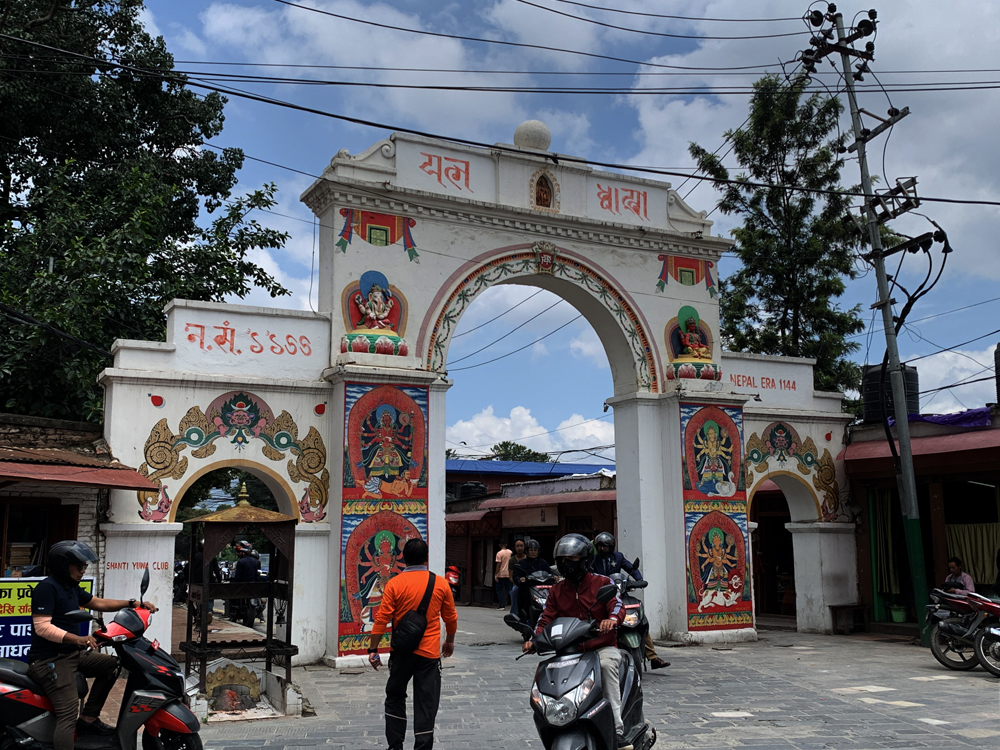 Patan Dhoka-the entrance to Patan
Patan Dhoka-the entrance to Patan
Visit Nearby
As far as you reach Yempi Mahavihara, we recommend you visit some of the renowned sites outside of Patan Durbar Square. The Golden Temple, Mahabouddha, and so on.
Ashoka Stupa
When Emperor Ashoka and his daughter Charumati came from Lumbini to visit the Swayambhu Chaitya, they were said to have erected four chaityas or stupas around the Patan Bazaar with Buddha's bones in their wombs. Ashoka Chaitya of these four Shuras is considered to be the symbol of four ages i.e. Satya Yuga, Treta Yuga, Dwapar Yuga, and Kali Yuga.
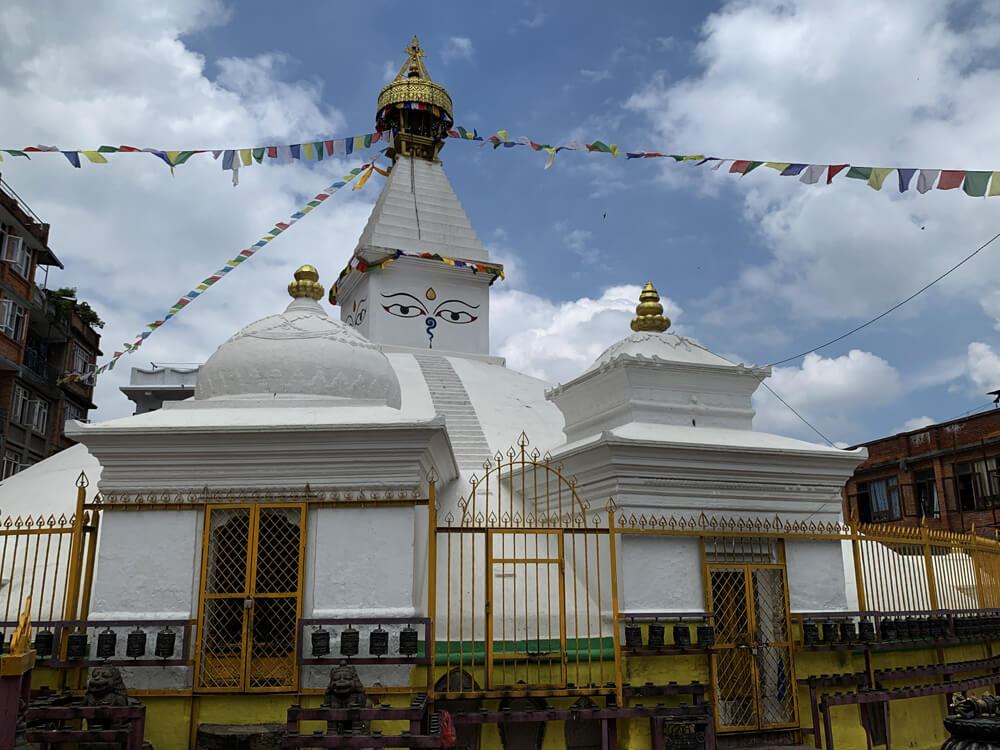 Ashoka Stupa-Patan, infront of Yempi Mahavihara
Ashoka Stupa-Patan, infront of Yempi Mahavihara
Patan Durbar Square
Patan Durbar Square is a UNESCO-listed World Heritage Site and a medieval beauty of cultural prosperity. Most of the temples were built in the 1600s, led by the Malla Kings- Siddhi Nar Sing Malla and his son. There are 55 temples, stone water taps, a museum, chowks, and also the local Newari houses. The Patan Durbar Square Tour is a great itinerary when you are at Yempi Mahavihara. It is just 500 meters away from the site.
 Lord Krishna Temple and the vicinity at Patan Durbar Square
Lord Krishna Temple and the vicinity at Patan Durbar Square
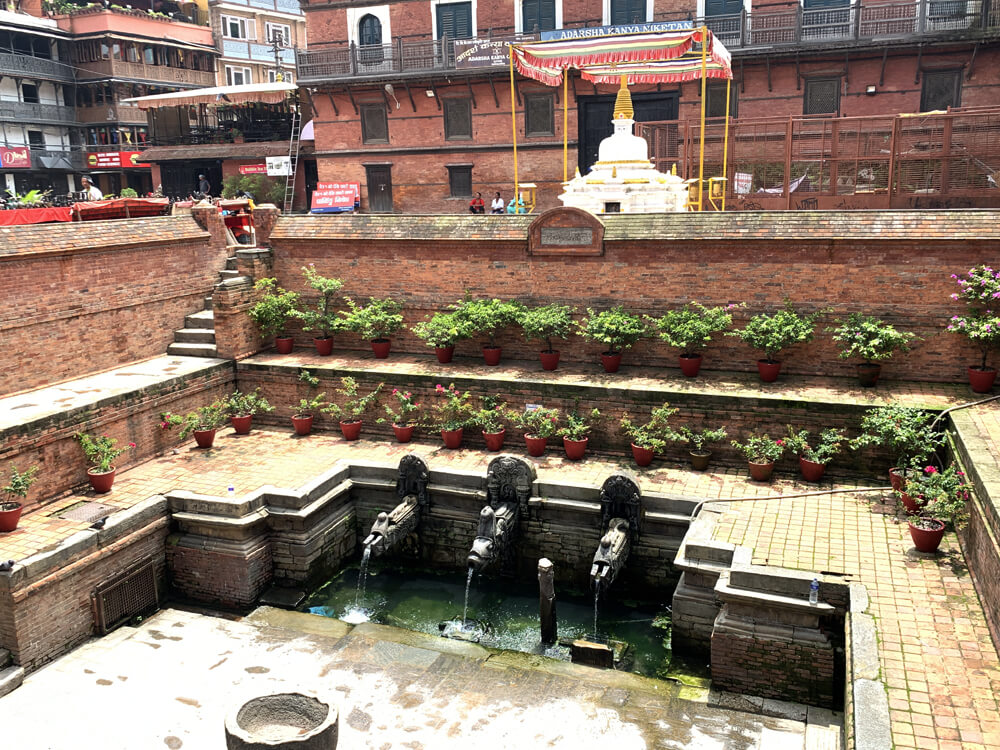 Ancient Stone Water Tap
Ancient Stone Water Tap
The Golden Temple
From the initial impression, the Golden Temple (aka Hiranya Varna Mahavihara) is a masterpiece in Newari Buddhism. The temple was built in the 12th century, led by the King Vaskar Verma. Entering the premises after getting the entrance ticket, you will see a temple with a golden roof and gold-plated interiors. The inside surroundings are rich and carved with various images of Shakyamuni Buddha, Buddhist figures, and Green Tara.
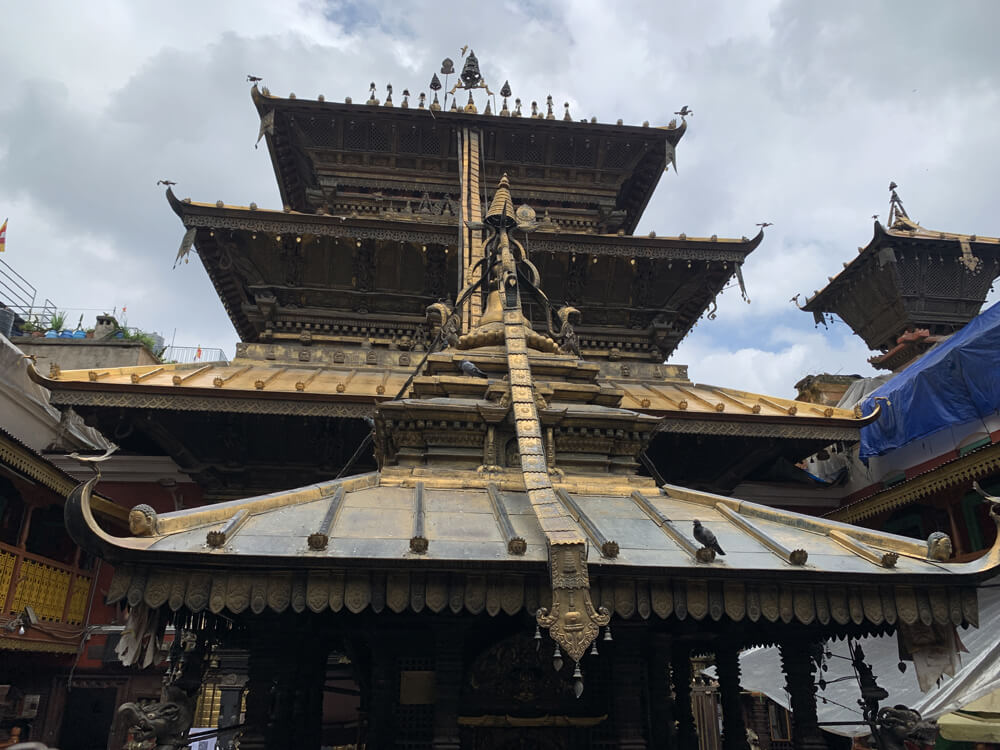
Did you get the Vajrayana Guru Rinpoche Tour Plan? It consists of major places, where Guru Rinpoche meditated, attained enlightenment, and has established now as sacred pilgrimage destinations for the devotees.
More Guru Rinpoche (Padmasambhava) Sites in Nepal
- Asura and Yanglesho Cave Pharping
